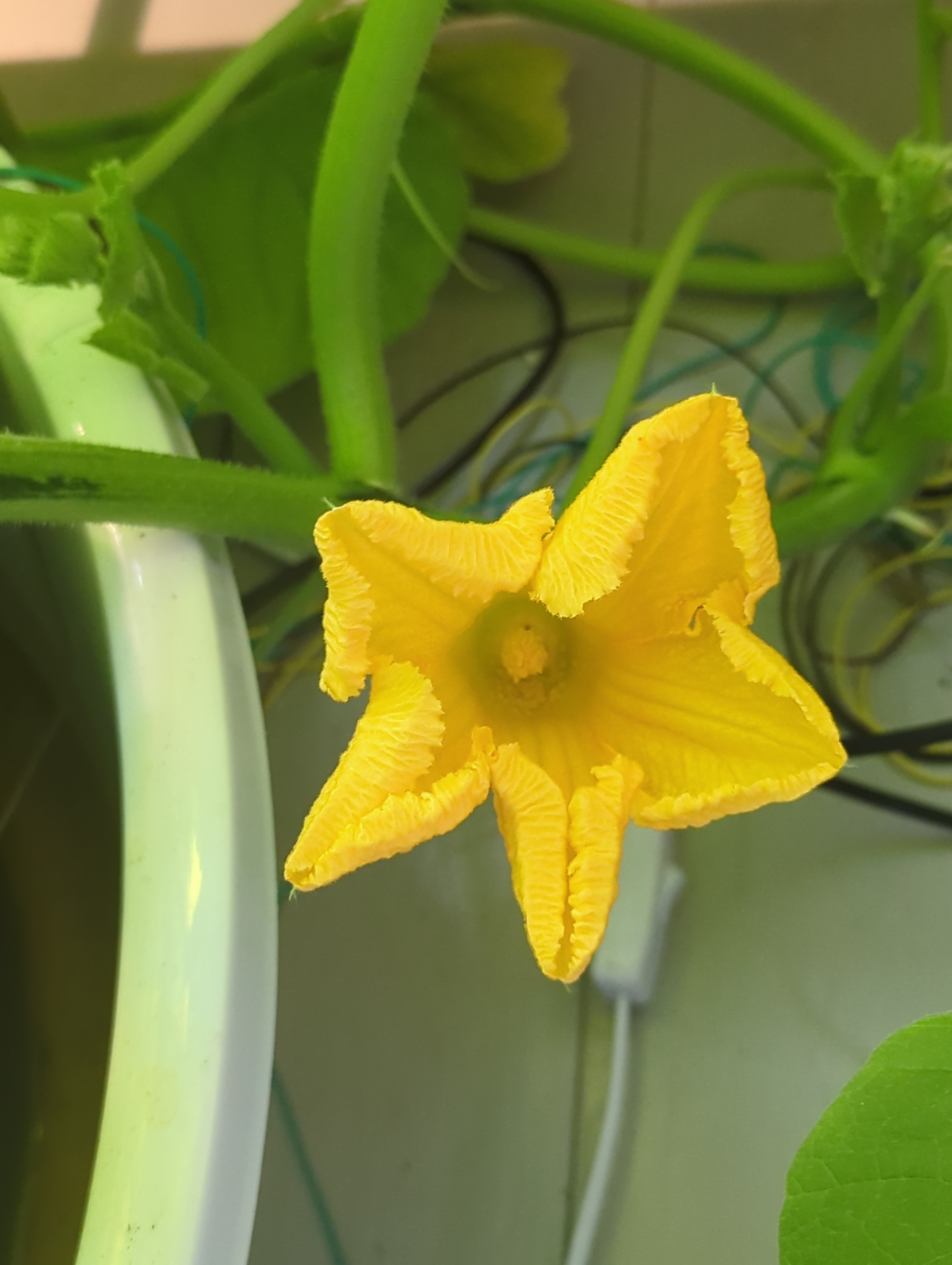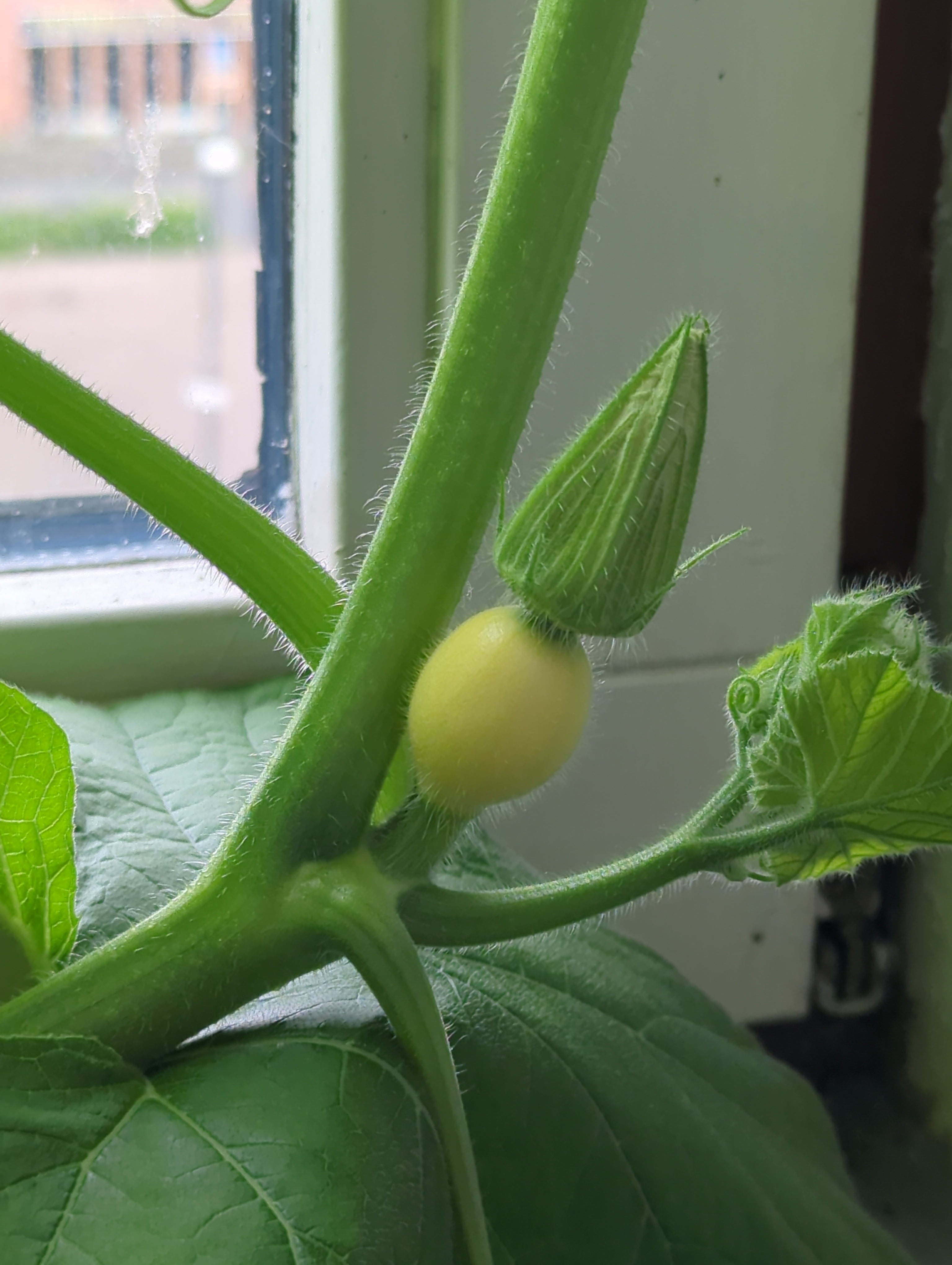Publishing in a more prestigious journal usually means that your work will be read by a greater number of people. The journal that a paper is published on carries weight on the CV, and it is a relevant parameter for committees reviewing a grant applicant or when evaluating an academic job applicant.
Someone who is able to fund their own research can get away with publishing to a forum, or to some of the Arxivs without submitting to a journal. But an academic that relies on grants and benefits from collaborations is much more likely to succeed in academia if they publish in academic journals. It is not necessarily that academics want to rely on publishers, but it is often a case of either you accept and adapt to the system or you don't thrive in it.
It would be great to find an alternative that cuts the middle man altogether. It is not a simple matter to get researchers to contribute their high-quality work to a zero-prestige experimental system, nor is it be easy to establish a robust community-driven peer-review system that provides a filtering capacity similar to that of prestigious journals. I do hope some alternative system manages to get traction in the coming years.










Thank you for being alert! I have banned them instance-wide now.